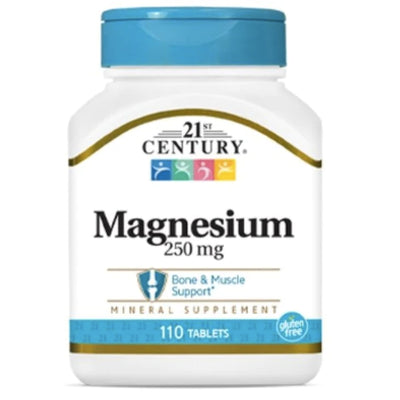
Creatine Dosage: How Much Should You Take?
Understanding Creatine Dosage
The appropriate dosage of creatine can depend on your fitness goals, body weight, and the specific type of creatine you are using. However, the general guidelines for creatine monohydrate, the most studied form, are fairly standardized.
Initial Loading Phase
- Purpose: Rapidly saturate the muscles with creatine to experience its benefits quicker.
- Dosage: 20 grams per day, divided into 4 servings of 5 grams each, for 5-7 days.
Maintenance Phase
- Purpose: Maintain elevated levels of creatine in your muscles.
- Dosage: 3-5 grams per day. This dosage is effective for keeping creatine stores in the muscles at a saturated level.
No-Loading Method
- Alternative Approach: Skip the loading phase and take a steady dose from the start.
- Dosage: 5-10 grams per day. It takes longer to reach creatine saturation in the muscles, usually around 3-4 weeks, but it avoids the potential side effects of high-dose loading like stomach discomfort or bloating.
Factors Influencing Creatine Needs
Exercise Intensity and Frequency
- Higher Needs: Athletes engaged in high-intensity training might benefit from the higher end of the dosage spectrum to support recovery and performance.
- Lower Needs: Casual exercisers may find lower doses sufficient.
Body Mass
- Scale Accordingly: Individuals with more muscle mass may require slightly higher doses to effectively saturate their muscles.
Diet
- Meat Eaters vs. Vegetarians: Vegetarians often have lower baseline levels of creatine since they do not consume meat, a natural source of creatine. They might experience more significant improvements from supplementation.
Tips for Taking Creatine
- Consistency Is Key: For best results, take creatine at similar times each day.
- With Meals: Taking creatine with a meal that includes carbohydrates and proteins may help improve its uptake due to the release of insulin.
- Stay Hydrated: Creatine increases water retention in muscle cells, so increasing your water intake is crucial.
Safety and Side Effects
Creatine is one of the safest supplements available. The most common side effect is an increase in weight due to water retention in the muscles. Less commonly, some people may experience stomach cramping or digestive issues, particularly if large doses are consumed at once without sufficient water.
Conclusion
Creatine dosage can vary based on several factors including your training level, body weight, and dietary preferences. Starting with a loading phase can quickly maximize muscle stores, but a steady daily intake without loading is also effective and may be easier on the stomach. Whichever method you choose, maintaining consistency with your creatine intake is crucial to achieving the best results. As always, consult with a healthcare professional before starting any new supplement regimen, especially if you have underlying health conditions.























